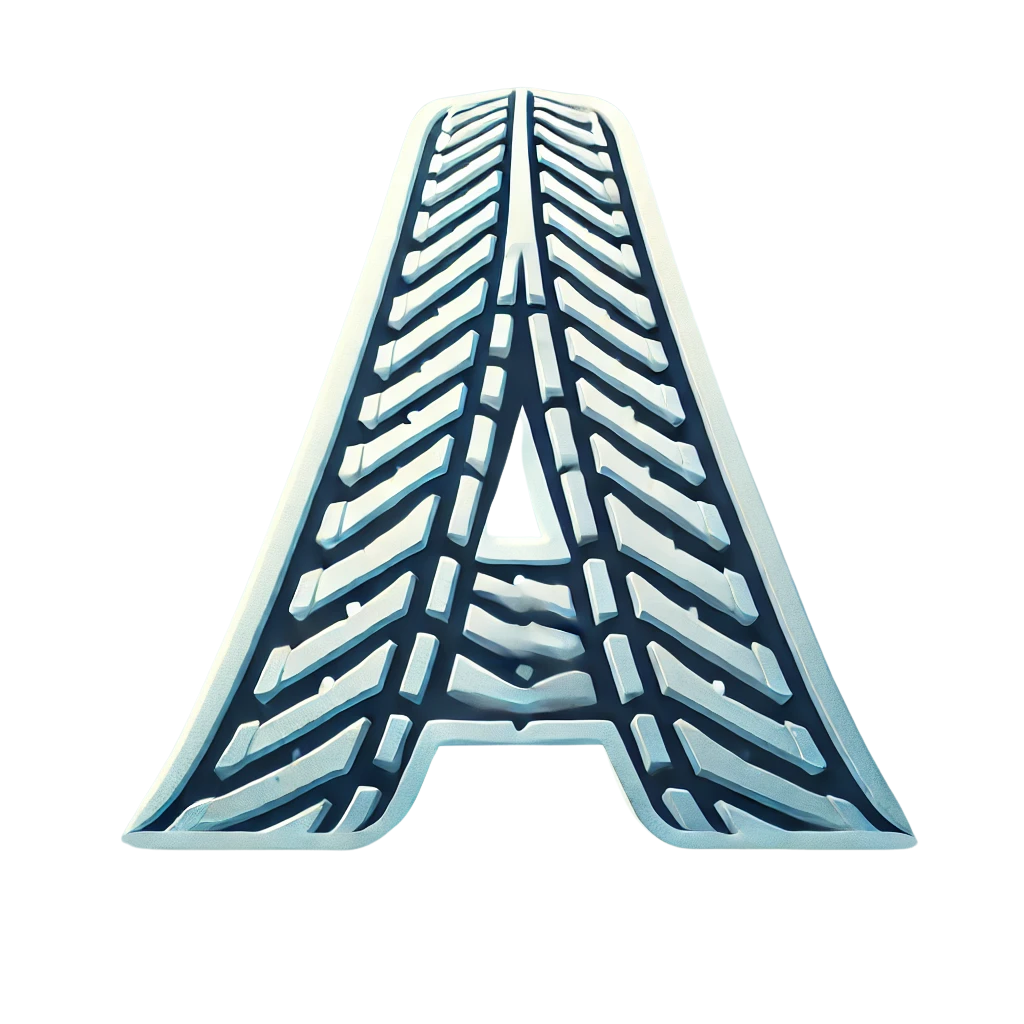Snowmobiles: A Deep Dive into Winter's Most Versatile Machines
Snowmobiles have long served as both essential tools and recreational machines in cold climates around the globe. From the early days of primitive tracked vehicles to today's advanced, tech-enhanced models, snowmobiles have evolved into a diverse array of machines suited to a wide range of activities—from sport and adventure to rescue and heavy utility work.
Understanding Snowmobile Categories
Mainstream and Niche Brands
Major players like Polaris, Ski-Doo, Yamaha, and Arctic Cat have dominated the snowmobile scene for decades. These manufacturers offer models suited for general consumers and professionals alike. Enthusiast brands often focus on high-performance and specialty builds, such as mountain sleds or long-distance tourers. Meanwhile, a growing group of boutique and electric-only manufacturers is starting to reshape the market with bold designs and green innovation.
Vintage vs Modern Models
Vintage snowmobiles hold a special place in the hearts of collectors and longtime riders. With their distinctive styling and mechanical simplicity, they're often showcased in restoration contests and nostalgic events. On the other end, modern snowmobiles feature electric starts, fuel injection, GPS navigation, and even heated seats. Hybrid and electric snowmobiles—like those from Taiga—are gaining traction due to their lower emissions and reduced noise.
Types of Snowmobiles by Purpose
Trail and Touring Sleds
Trail sleds are designed for groomed routes, focusing on rider comfort, handling, and fuel efficiency. Touring models expand on this by adding two-up seating, luggage space, and wind protection, making them ideal for day-long or multi-day trips. Riders exploring wilderness routes across Canada or Scandinavia often choose these dependable machines.
Mountain and Crossover Machines
Mountain snowmobiles are built for elevation and powder, featuring longer tracks and lighter frames. Their agility and floatation are optimized for deep snow. Crossover models serve as a bridge between trail and backcountry use, offering flexibility for riders who traverse mixed terrain and want one sled that does it all.
Utility Workhorses
In remote areas, snowmobiles are indispensable tools. Utility sleds are designed with cargo racks, tow hitches, and heavy-duty suspensions. Forestry services, lodge operators, and rural mail carriers rely on them for everyday transport and hauling in deep snow.
Mechanical Components & Technology
Engines, Tracks, and Suspensions
Snowmobiles typically feature either 2-stroke or 4-stroke engines, each with its benefits. Tracks vary in width, lug height, and material, influencing traction and float. Suspension systems play a crucial role in ride quality and control—especially over rough or unpredictable terrain.
Control Systems and Electronics
Today's sleds are packed with digital dashboards, GPS, Bluetooth connectivity, and LED lighting. Riders can monitor speed, altitude, temperature, and fuel levels in real-time. Handlebar design has also progressed, offering adjustable heights, hand warmers, and multi-button control pods.
Maintenance and Upkeep
Seasonal Prep and Checks
Proper maintenance extends a sled's lifespan and performance. Basic inspections include checking belt wear, spark plugs, fluids, and chain tension. Pre-season winterizing and post-season storage rituals—like fogging the engine and stabilizing fuel—are essential for long-term reliability.
Common Repairs and Tools
DIY repairs such as carb tuning, replacing worn skis, or upgrading clutches are common among hobbyists. Having the right tools—torque wrenches, belt removers, and compression testers—empowers owners to handle many repairs themselves, reducing service costs.
Riding Skills and Safety
Beginner Essentials
New riders should start with manageable models and learn foundational skills like throttle control, braking, and cornering. Attending a safety course and reading trail maps beforehand reduces the risk of accidents and promotes better decisions on the snow.
Trail Etiquette and Backcountry Awareness
Respecting speed limits, yielding to uphill riders, and staying on marked trails preserves both safety and the environment. For backcountry explorers, understanding avalanche risk and carrying the right survival gear is not optional—it's lifesaving. Transceivers, probes, and shovels should be standard equipment.
Rentals and Regional Access
Renting a Snowmobile
Rental operations are available in most snow-prone regions—from the Rocky Mountains to Lapland. Before renting, riders should check for license requirements, insurance policies, and terrain suitability. Some services include guided tours, which are ideal for less experienced riders.
Seasonal Planning
The best months for riding vary by location but generally span from December to March. In regions like Alaska and the Alps, snow arrives early and stays late, making them prime destinations for long-distance tours and backcountry adventures.
In conclusion, snowmobiling is more than just a winter hobby—it's a culture, a utility, and a passion. Whether you're modifying your sled for peak performance or gliding through a scenic trail in the wilderness, snowmobiles offer an unmatched way to connect with nature, push boundaries, and explore places few others can reach.
